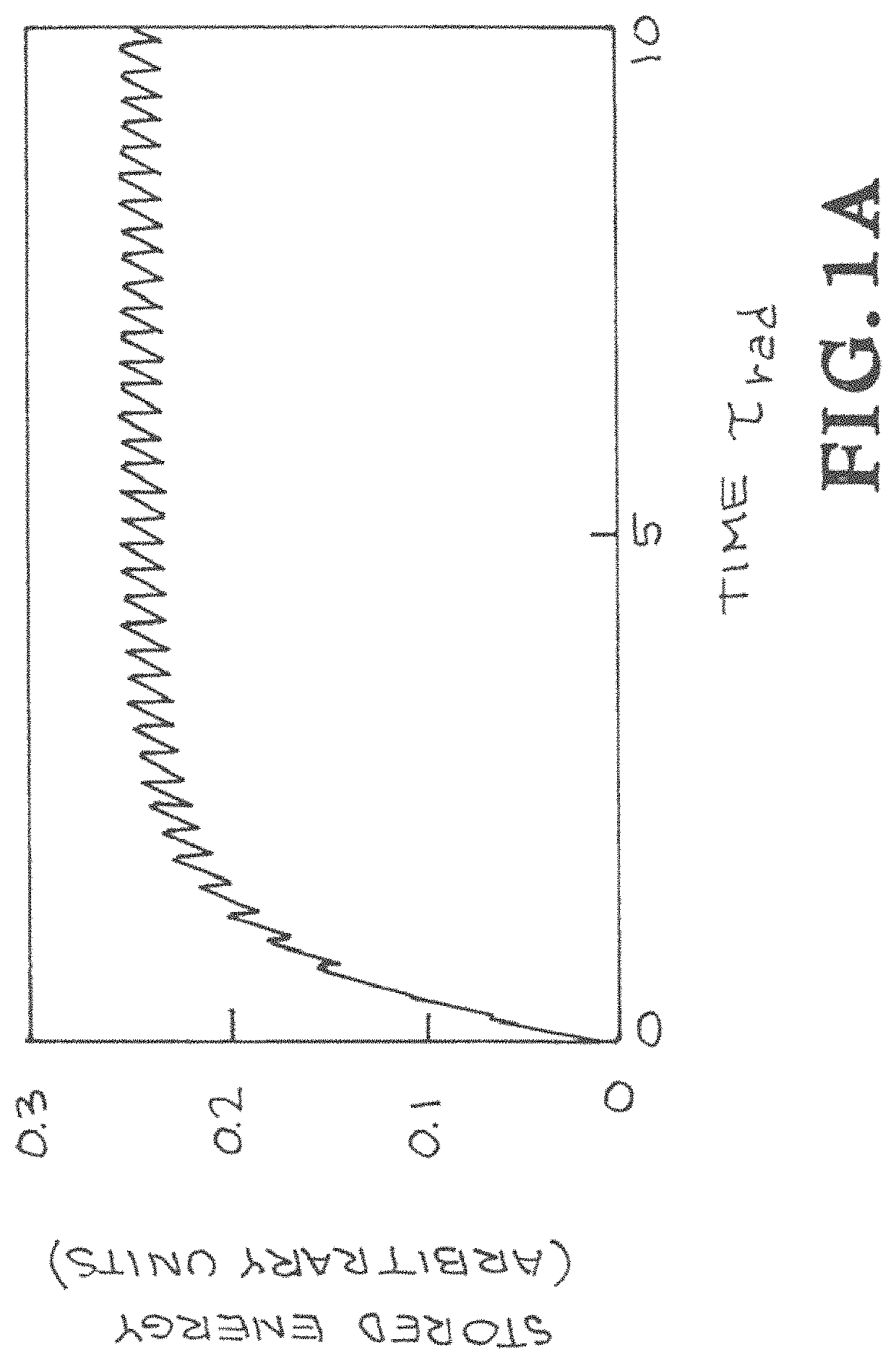Scaling high-energy pulsed solid-state lasers to high average power
a laser and pulse technology, applied in lasers, lasers, optical devices for lasers, etc., can solve the problems of reducing laser efficiency, reducing laser pulse energy, so as to reduce amplifier gain, reduce laser pulse energy, and increase the power or energy of peek diodes
- Summary
- Abstract
- Description
- Claims
- Application Information
AI Technical Summary
Benefits of technology
Problems solved by technology
Method used
Image
Examples
Embodiment Construction
[0038]The present invention provides a method of multi-pulse extraction (MPE) for scaling up the average power of high-energy solid-state lasers while maintaining high efficiency. MPE can be applied when the pulse repetition rate, PRF, is approximately equal to or greater than the inverse of the storage lifetime, τstorage, i.e., when PRF*τstorage≥1. With MPE, pumping is continuous and only a small fraction of the energy stored in the amplifier is extracted by any one seed pulse. MPE stands in contrast with single-pulse extraction (SPE), in which a pump pulse of finite duration precedes each extracting pulse, FIG. 1 illustrates key differences between these two modes of operation.
[0039]FIG. 1A shows stored energy vs. time for the multi-pulse extraction (MPE) mode of operation. FIG. 1B shows stored energy vs. time for the single-pulse extraction (SPE) mode of operation. Time is normalized with respect to the radiative lifetime of the gain medium so that results are valid for gain medi...
PUM
 Login to View More
Login to View More Abstract
Description
Claims
Application Information
 Login to View More
Login to View More - R&D
- Intellectual Property
- Life Sciences
- Materials
- Tech Scout
- Unparalleled Data Quality
- Higher Quality Content
- 60% Fewer Hallucinations
Browse by: Latest US Patents, China's latest patents, Technical Efficacy Thesaurus, Application Domain, Technology Topic, Popular Technical Reports.
© 2025 PatSnap. All rights reserved.Legal|Privacy policy|Modern Slavery Act Transparency Statement|Sitemap|About US| Contact US: help@patsnap.com



